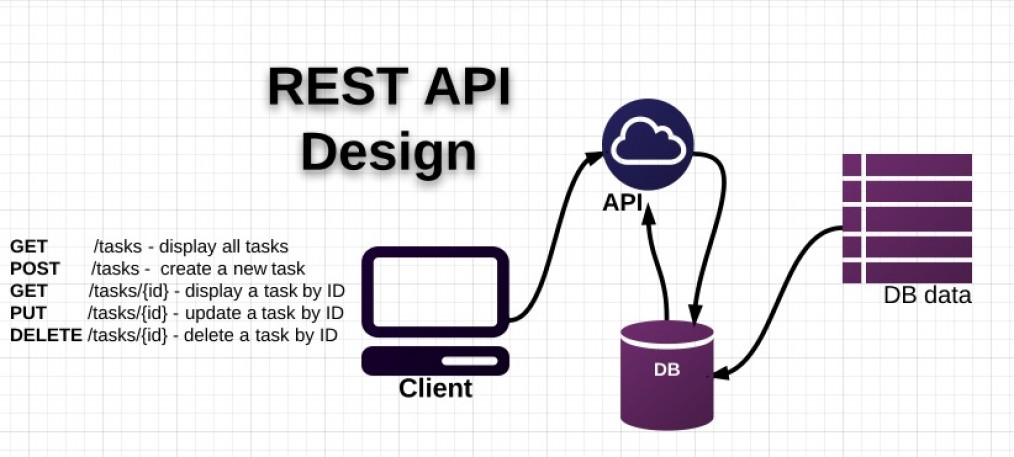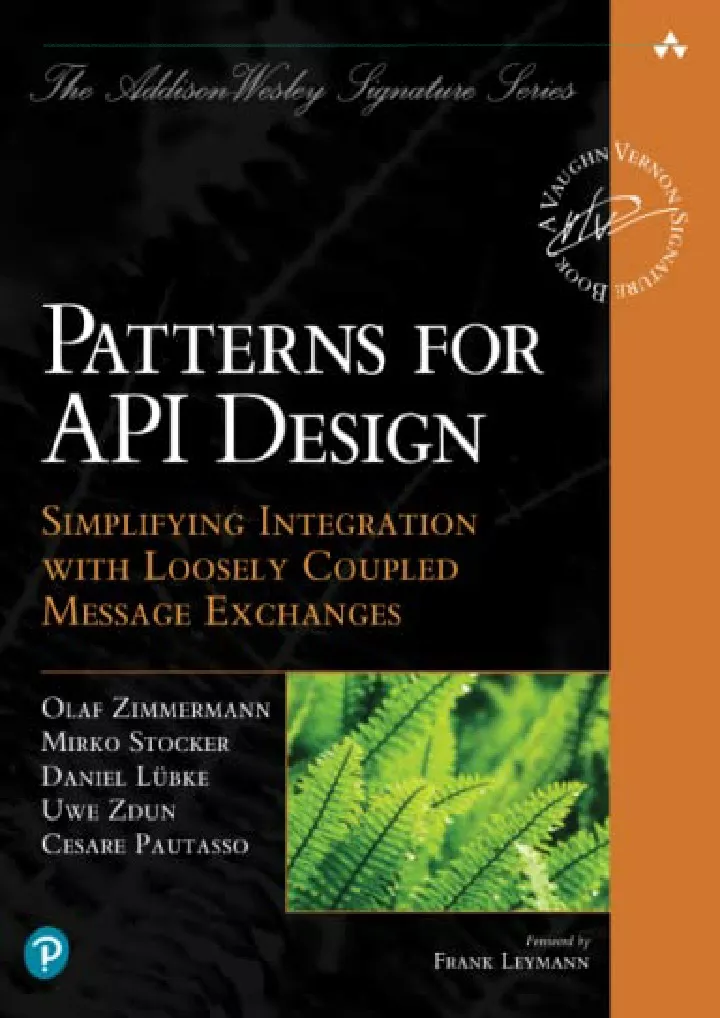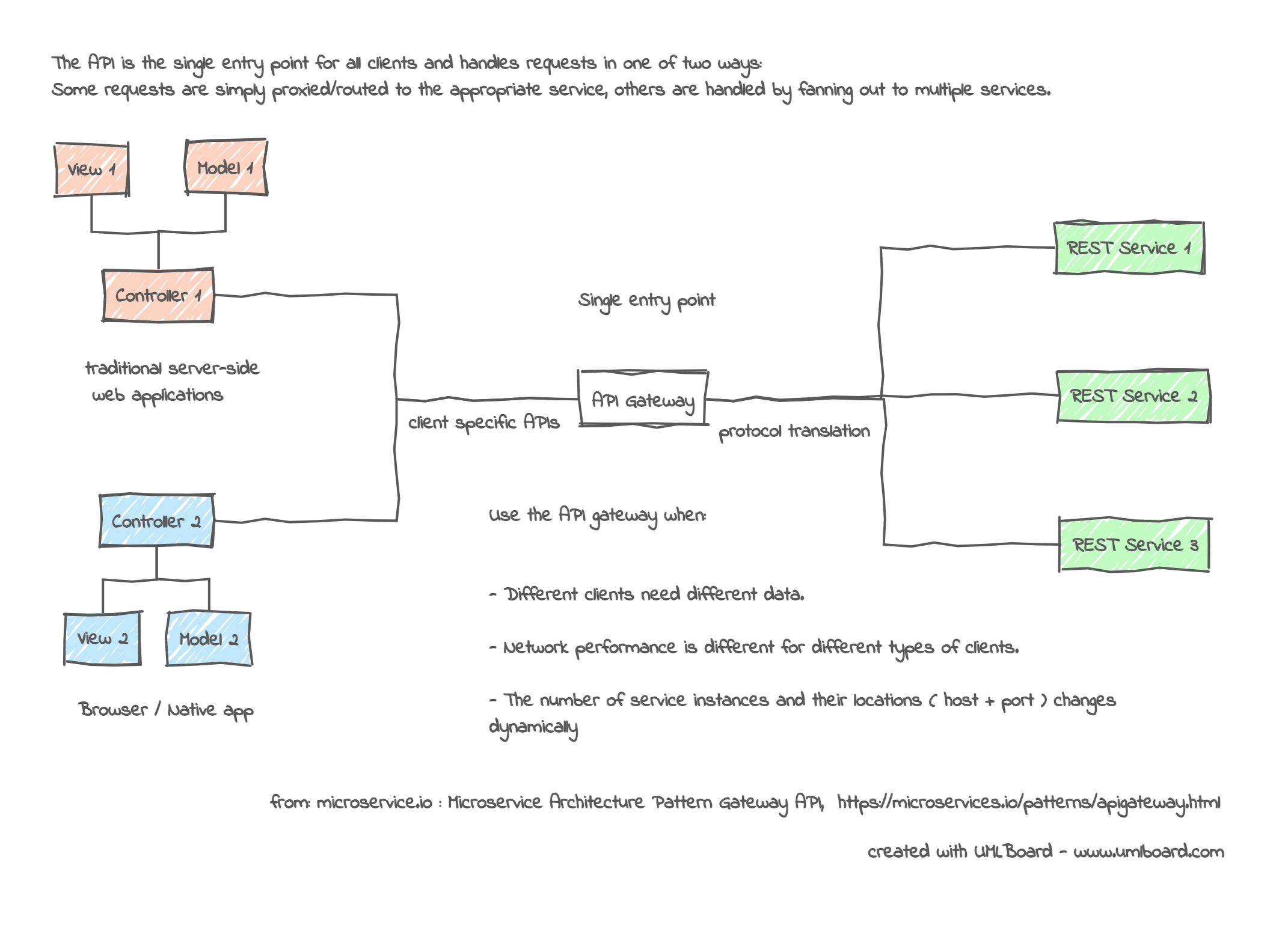Table Of Content

RESTful API suits simple CRUD operations, while GraphQL handles complex queries. RPC API and SOAP API can be more efficient for specific functions but require more complexity. Hypermedia API, event-driven API, and message queue API cater to specific systems and applications but may need additional tooling and infrastructure. API design patterns are essential for creating reliable, scalable, and reusable code. This post explores the best practices and design principles for building APIs that are easy to use, maintain, and extend.
API Design Patterns: Best Practices for Building Resilient APIs
Different caching techniques, such as client-side caching with Cache-Control headers and server-side caching, can be deployed to maximize performance. To enhance the clarity and efficiency of the API structure, APIs include nested resources that reflect hierarchical objects. Your industry may have its own set of standards or conventions. Even if they aren’t as strict as banking regulations, it’s worth giving proper consideration to a pattern with which developers will already be familiar. These three approaches can be used together to support very specific queries. Understanding your use cases will help determine the complexity of your parameters.
Mastering API Design Patterns: Best Practices and Common Patterns
Therefore we're using a local JSON file that mimics our Database. But this logic can be transferred to other databases of course. Our job will require us to design and implement an API for that application. If you're not familiar with CrossFit, it's a fitness method and competitive sport that combines high-intensity workouts with elements from several sports (olympic weightlifting, gymnastics, and others).
console.error("Unknown deployment environment, defaulting to production");
To sum up, the diagram shows that RESTful APIs can support multiple data formats such as JSON, XML, etc., and can also use versioning techniques to manage changes to the API over time. This way, we can gradually phase out old endpoints instead of forcing everyone to move to the new API at the same time. The v1 endpoint can stay active for people who don’t want to change, while the v2, with its shiny new features, can serve those who are ready to upgrade.
REST API Design Guidance
If an alternative design is equally clear and does notrequire an optional primitive, prefer that. If not using optional would addcomplexity or ambiguity, then use optional primitive fields. In general, API designers should useplain primitive types, such as int32, for simplicity and consistency. When designing an API method that handles payloads larger than 10MB, we shouldcarefully choose the right strategy for usability and future growth. For GoogleAPIs, we recommend to use either streaming or media upload/download to handlelarge payloads.
Singleton Resources
API design patterns provide best practices, specifications, and standards for building reliable and user-friendly APIs. These patterns can solve common API problems and be customized to fit specific needs. The last step in the API design process is to write documentation. Documentation might also include examples of API requests and responses, which give consumers crucial insight into how a particular API supports common business needs. Some tools can automatically generate documentation from an API definition, so teams don't have to worry about their documentation becoming outdated. Caching is an important design pattern in API development that improves the speed and efficiency of an API.
API Evolution without Versioning - InfoQ.com
API Evolution without Versioning.
Posted: Fri, 16 Jun 2023 07:00:00 GMT [source]
Architecture
This will be the function we'll use in our root file, where we created the Express server to make sure that the docs are booted up as well. To control if everything is up and running, we log a simple message to the console where we can find our docs. So, it's our job to implement a good and precise documentation.

$readingListToast.addClass("shown");
By versioning your API, you can ensure that clients are always using the correct version of the API, and can phase out older versions as needed. The Versioning design pattern is used to manage changes to an API over time. As APIs evolve, new features may be added, existing features may be modified, and old features may be removed. Clients of the API may also need to be updated to use the new or modified features.
In this case, OK is semanticallyequivalent to UNSPECIFIED in the context of the enum type. Listable collections should support pagination, even if results aretypically small. “Data on the outside”differs from “data on the inside”, to pick up P. JSON is a particularly popular data serialization and messageexchange format.
Another reason for that could be that we might change a service that is used by all other versions. So it would be a wise decision to move the services folder also into a specific version folder. The other folders like controllers or services still remain inside our src directory. That is okay for now because we are building a rather small API.
However, building APIs that are reliable, scalable, and easy to use can be a complex task. Fortunately, it doesn’t have to be a hustle, thanks to API design patterns. By following these and other REST API design patterns, developers can create APIs that are easy to understand, maintain, and use, and that can scale to meet the needs of large and complex systems. API Design Patterns reveal best practices for building stable, user-friendly APIs. These design patterns can be applied to solve common API problems and flexibly altered to fit your specific needs.

It’s now time to put these principles into action and create high-quality APIs that stand the test of time. APIs should have consistent error responses that provide useful information to developers. This includes clear error messages that explain what went wrong, as well as error codes that help developers identify the issue quickly. Also, use consistent data formats and response structures throughout the API to make it easier for developers to work with the API. Additionally, there are other design patterns such as filters, pagination, search, and sorting that can be applied to resources. The API can also support actions that do not map to CRUD operations, and these can be implemented using custom endpoints.
It is a useful design pattern when differentorganizations define their entity names in a decentralized manner. For example, an API with User resources could expose per-user settings as aSettings singleton. In API designs, unsigned integer types such as uint32 and fixed32should not be used because some important programming languages and systemsdon't support them well, such as Java, JavaScript and OpenAPI. Another issue is that different APIsare very likely to use mismatched signed and unsigned types for the same thing. An implementation of pagination may also provide the total count ofitems in an int32 field named total_size.
In this case, you specify an absolute expiry time for the cached version. Anything beyond the time specified is considered stale and must be updated with the origin server. There are many more HTTP status codes and methods to consider, but the above lists should get you well on your way for most APIs. To achieve this, a token bucket algorithm is used to store tokens that represent the number of requests a client can make.
Our Code Is Harming The Planet, We Need Carbon Aware Design Patterns - hackernoon.com
Our Code Is Harming The Planet, We Need Carbon Aware Design Patterns.
Posted: Sat, 22 Oct 2022 07:00:00 GMT [source]
For any bi-directional or client-streaming APIs, the server should rely onthe client-initiated half-close, as provided by the RPC system, to completethe client-side stream. APIs may want to distinguish between fields that are provided by the client asinputs and fields that are only returned by the server on output on a particularresource. For fields that are output only, the field attribute shall beannotated.
For example our POST request to /api/v1/workouts for creating a new workout. User roles would also make sense in our use case when we only want specific users (like coaches) to create, update, and delete our workouts and records. In Express, for example, you can implement it as a middleware like we did with our cache for specific routes and check first if the request is authenticated before it accesses a resource. Filtering, as the name already says, is useful because it allows us to get specific data out of our whole collection. As you can see, an error consists of two things, a status and a message. I'm using just the throw keyword here to send out a different data structure than a string, which is required in throw new Error().

No comments:
Post a Comment